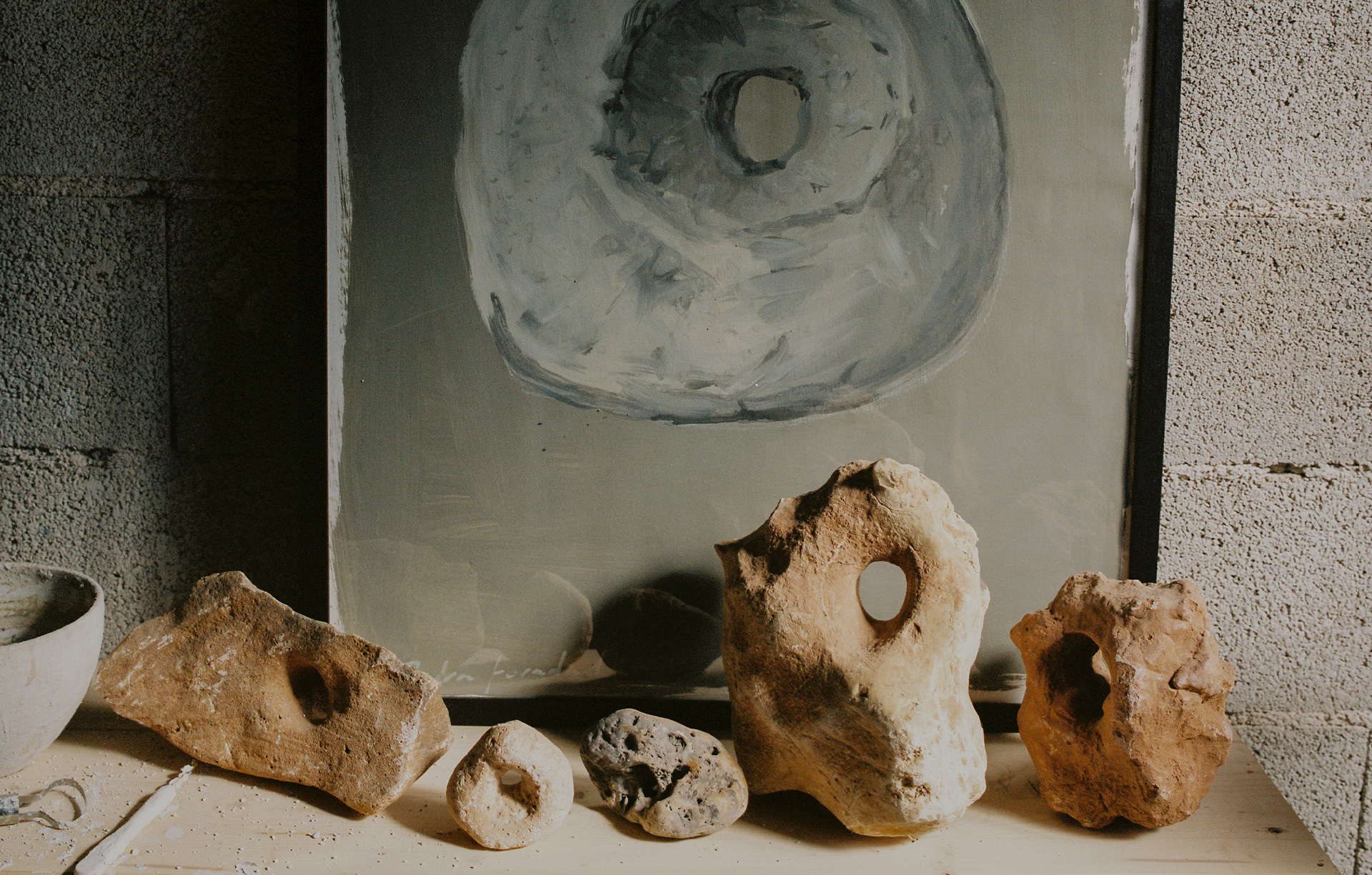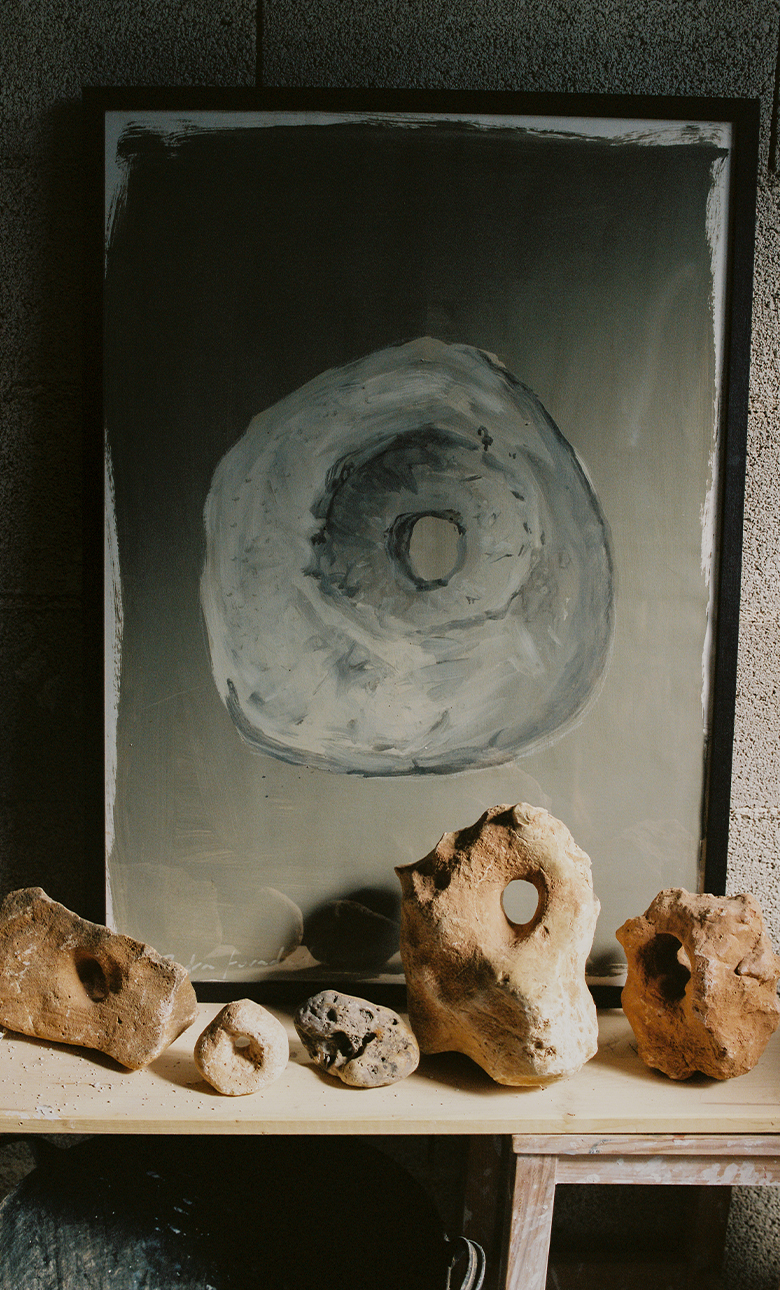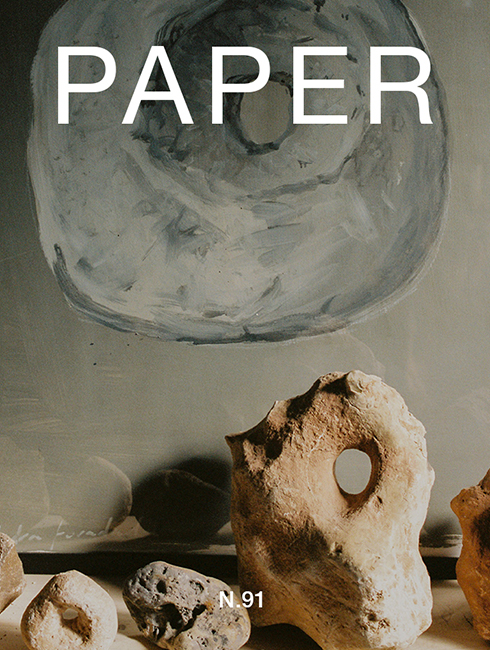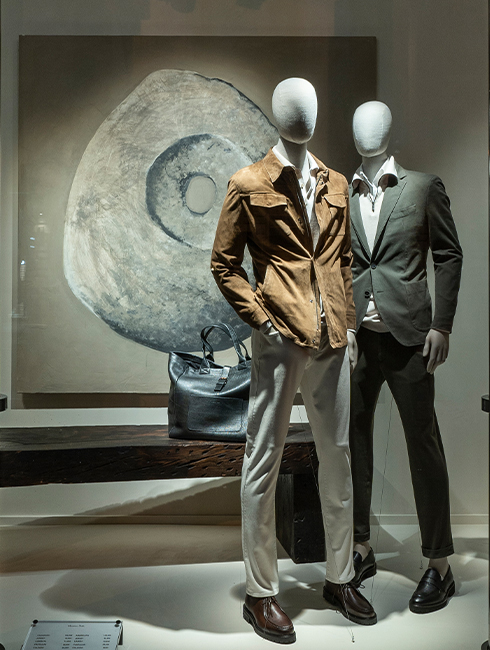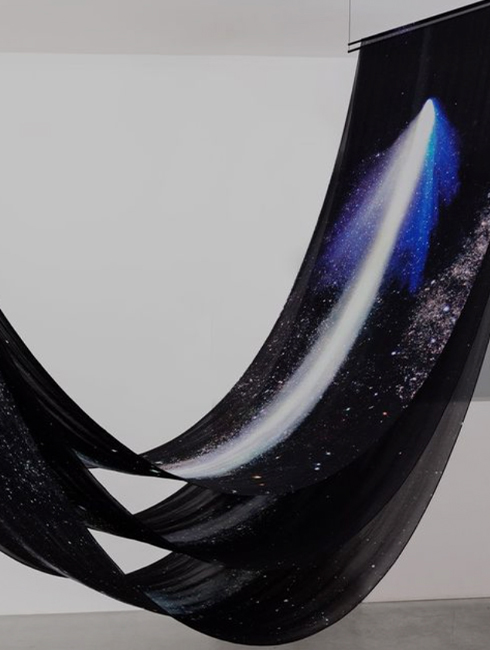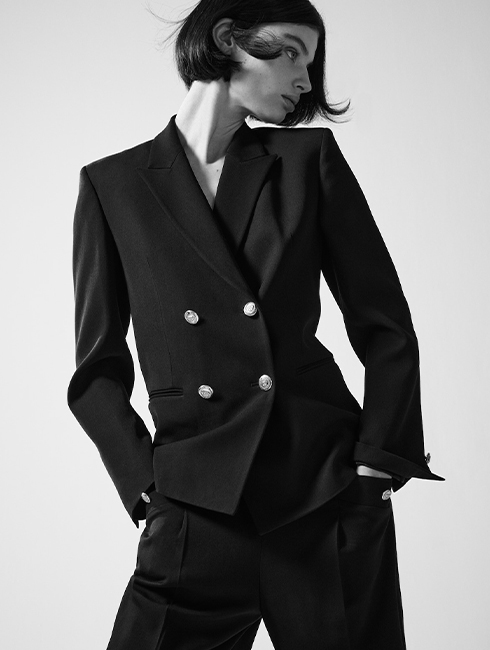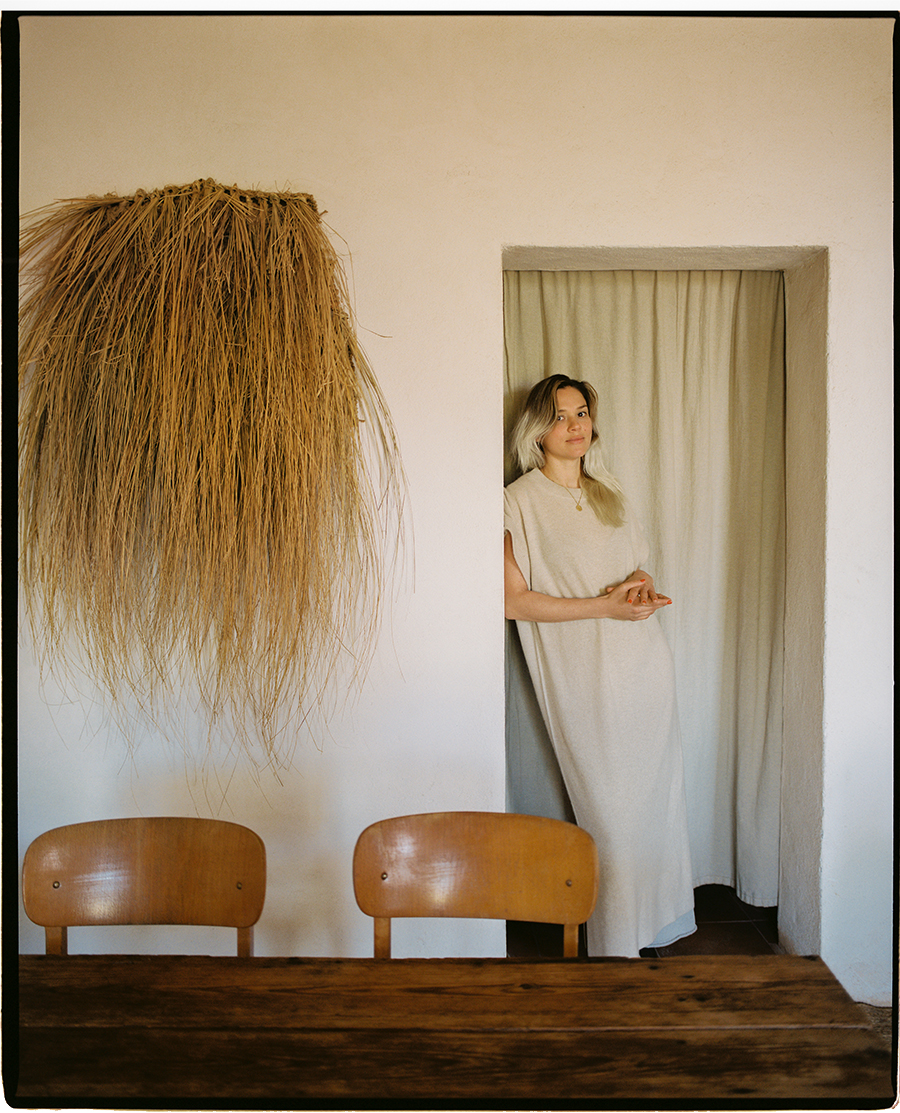
MD
ARCO
2022
“FOR US
SIMPLICITY
IS
ALMOST A
NECESSITY”
We would like to talk about architecture and fashion, and how we share the goal of turning necessities into art. There’s a simplicity and purism in your projects that we find very interesting. Is it an aesthetic or pragmatic choice?
Just like our collections, which are also characterised by neutral colour palettes and quality, simplicity and a natural feel. We share that vision, which has made us feel so close to your creative point of view.
Yes, for us simplicity is almost a necessity, though it seems difficult to achieve nowadays. We try to keep our possessions at home to a minimum and try not to over-plan our days (all of which is very difficult given the rhythm of life around us). And in our pieces, we pair back the decoration and look for what is essential. Jaume uses a term for his paintings that explains it very well: synthesised nature. Simplicity has another wonderful attribute, which is that it’s close to timelessness; that is to say, in the end, the simple is not subject to changing trends, because it has freed itself from adornments, which allows it to endure.
As for purism, I suppose that we like our materials so much that it’s a simple desire to show them as they are as if they don’t need anything else: clay, fibres, wool, wood…
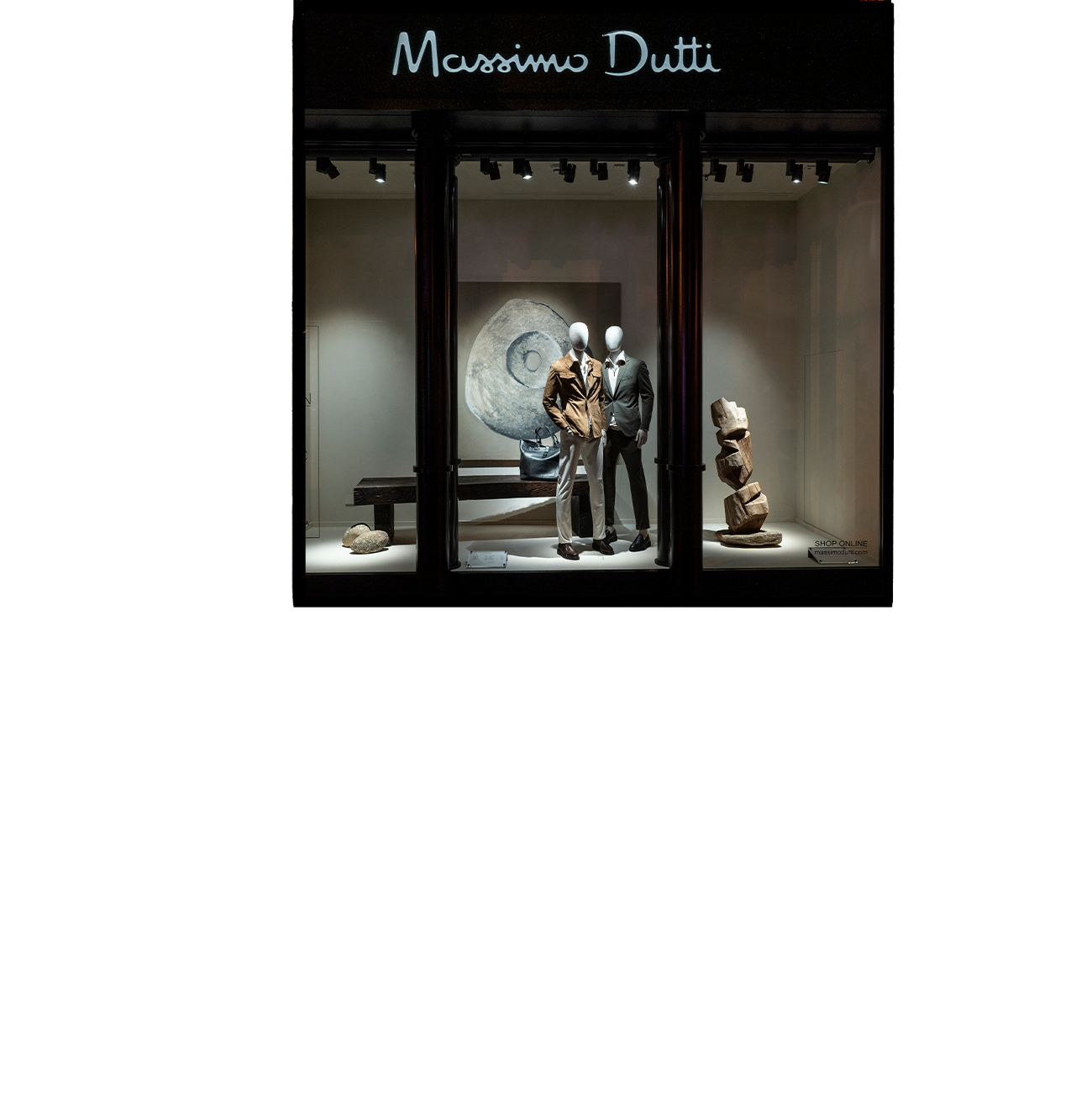
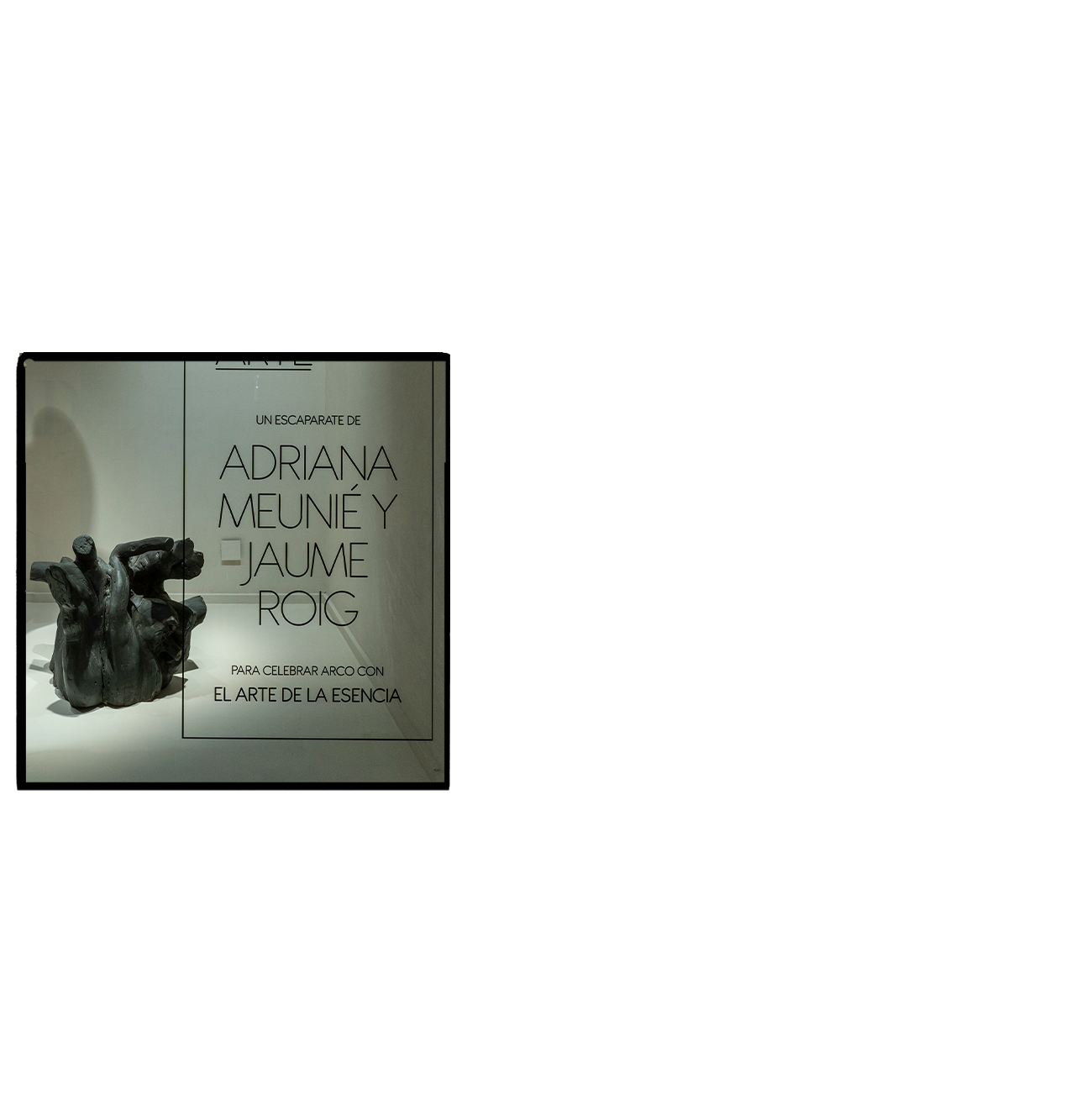
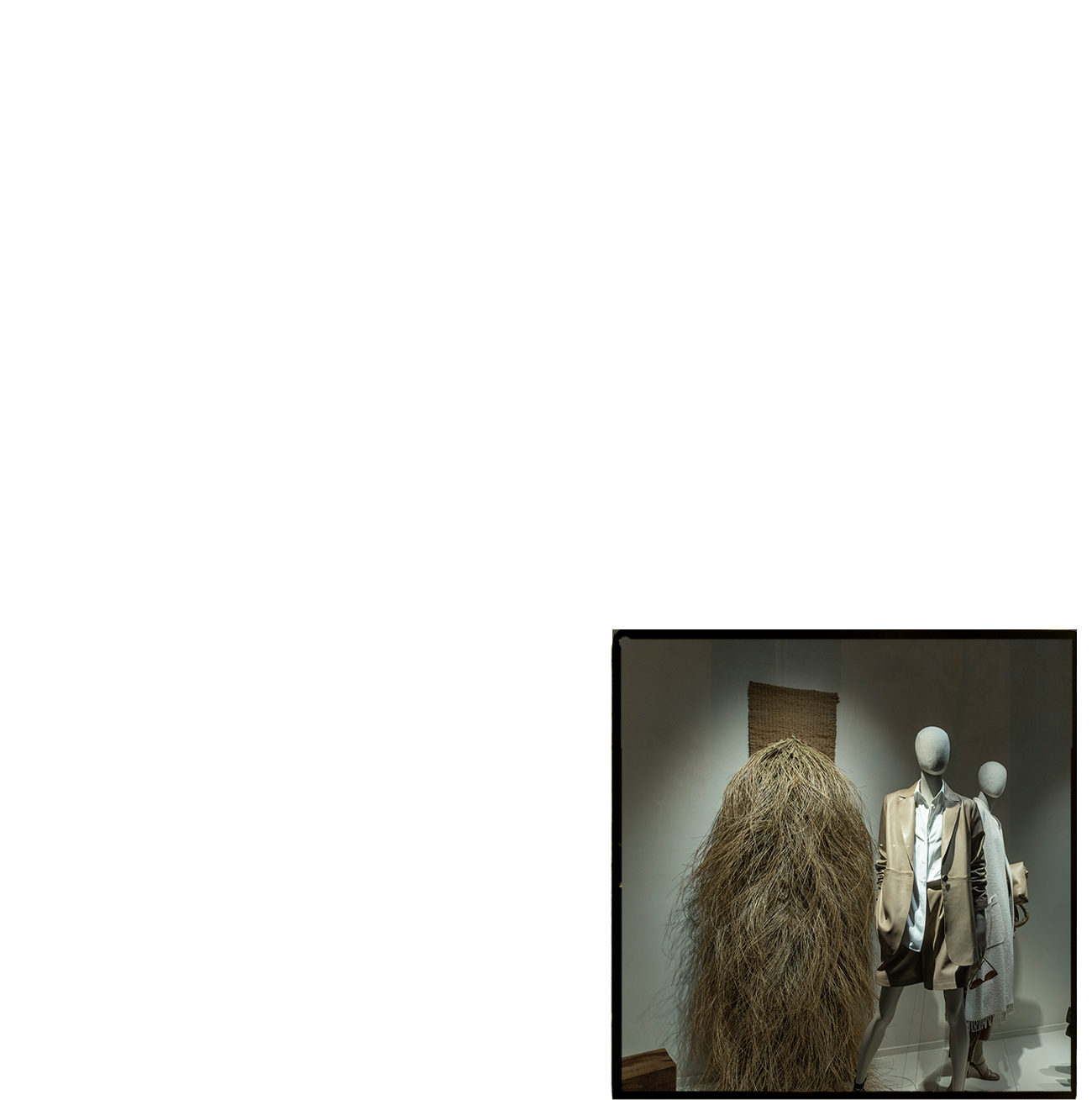
INTERVENTION OF THE SHOP WINDOWS IN SERRANO, 48 FOR ARCO 2022
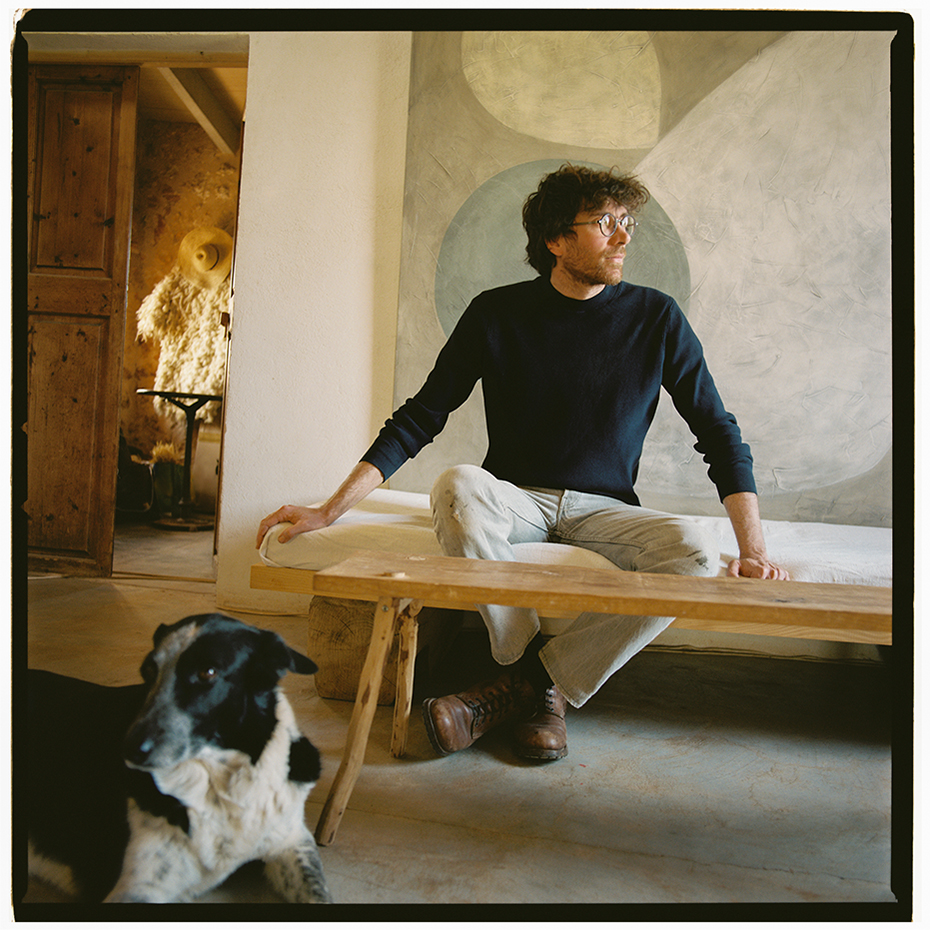
MD
ARCO
2022
SIMPLICITY
HAS ANOTHER
WONDERFUL ATTRIBUTE,
WHICH IS
THAT IT’S
CLOSE TO
TIMELESSNESS”
What inspires you?
The day-to-day, what we see around us, work… it’s in the workshop where things evolve by testing and doing: mistakes to fix, ideas to develop in the next piece… we really see ourselves as workshop people. Of course, Mallorca has a lot to do with it, not because it is better than any other place, simply because it is what we have grown up with and see every day.
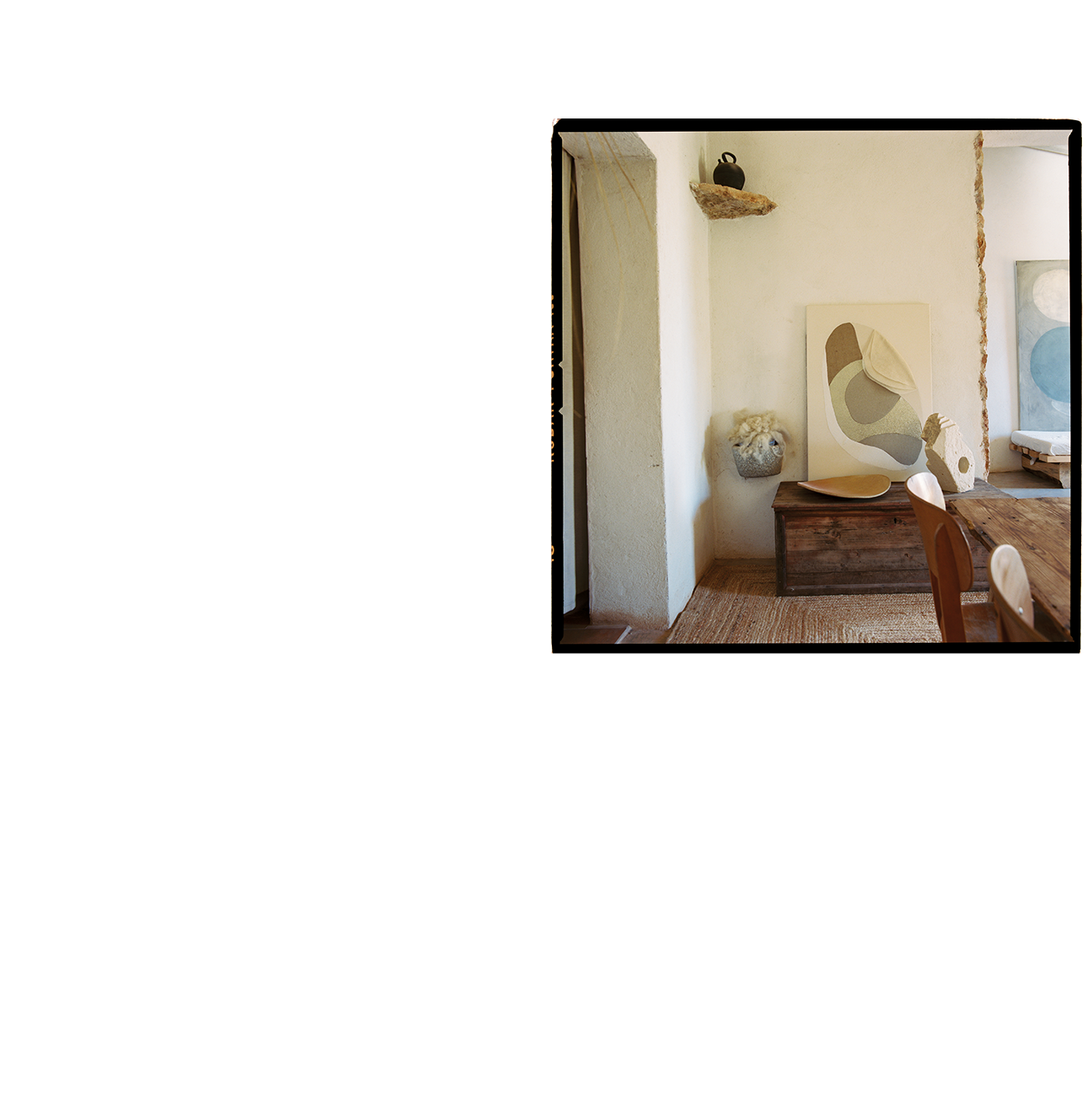
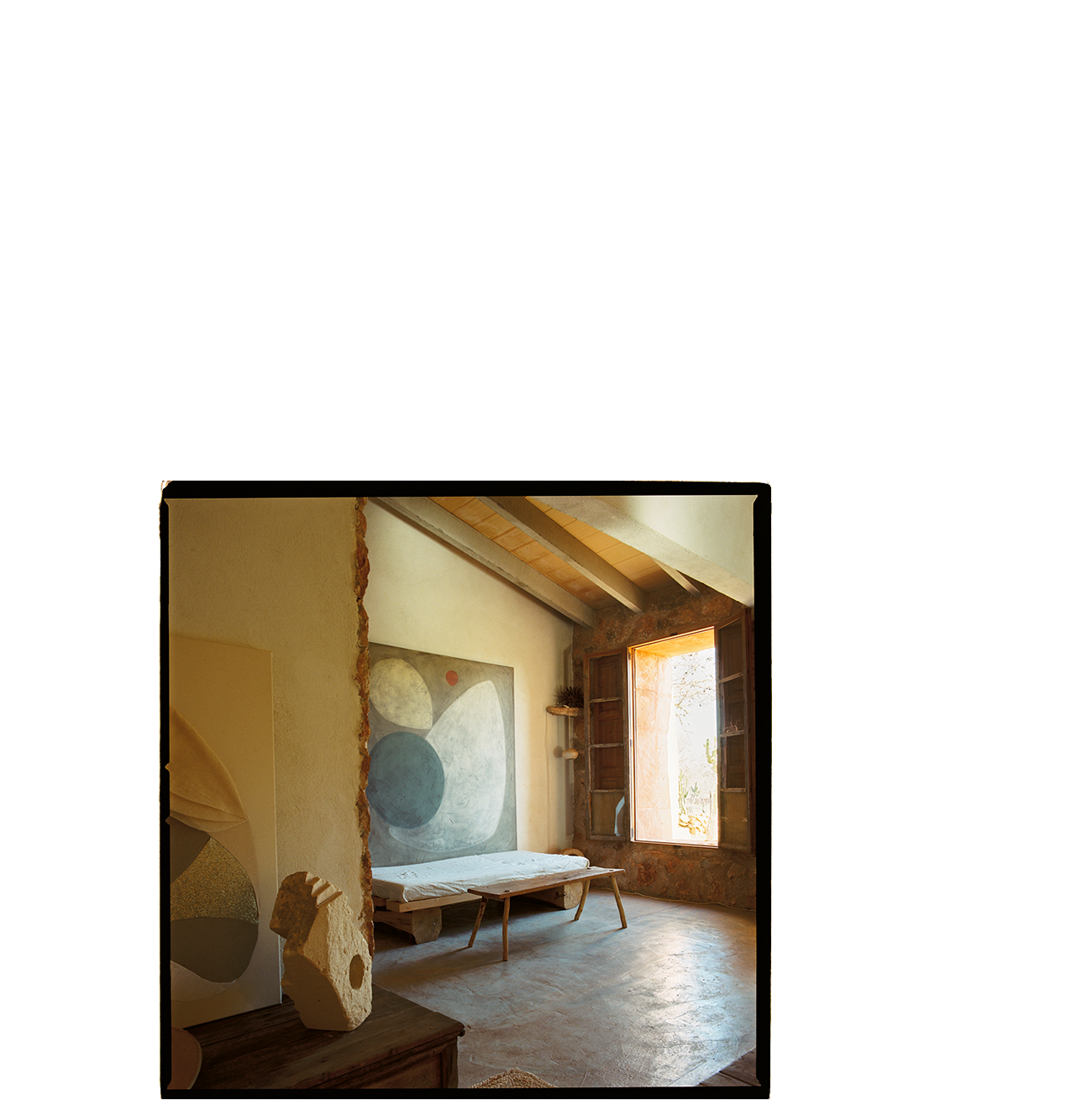
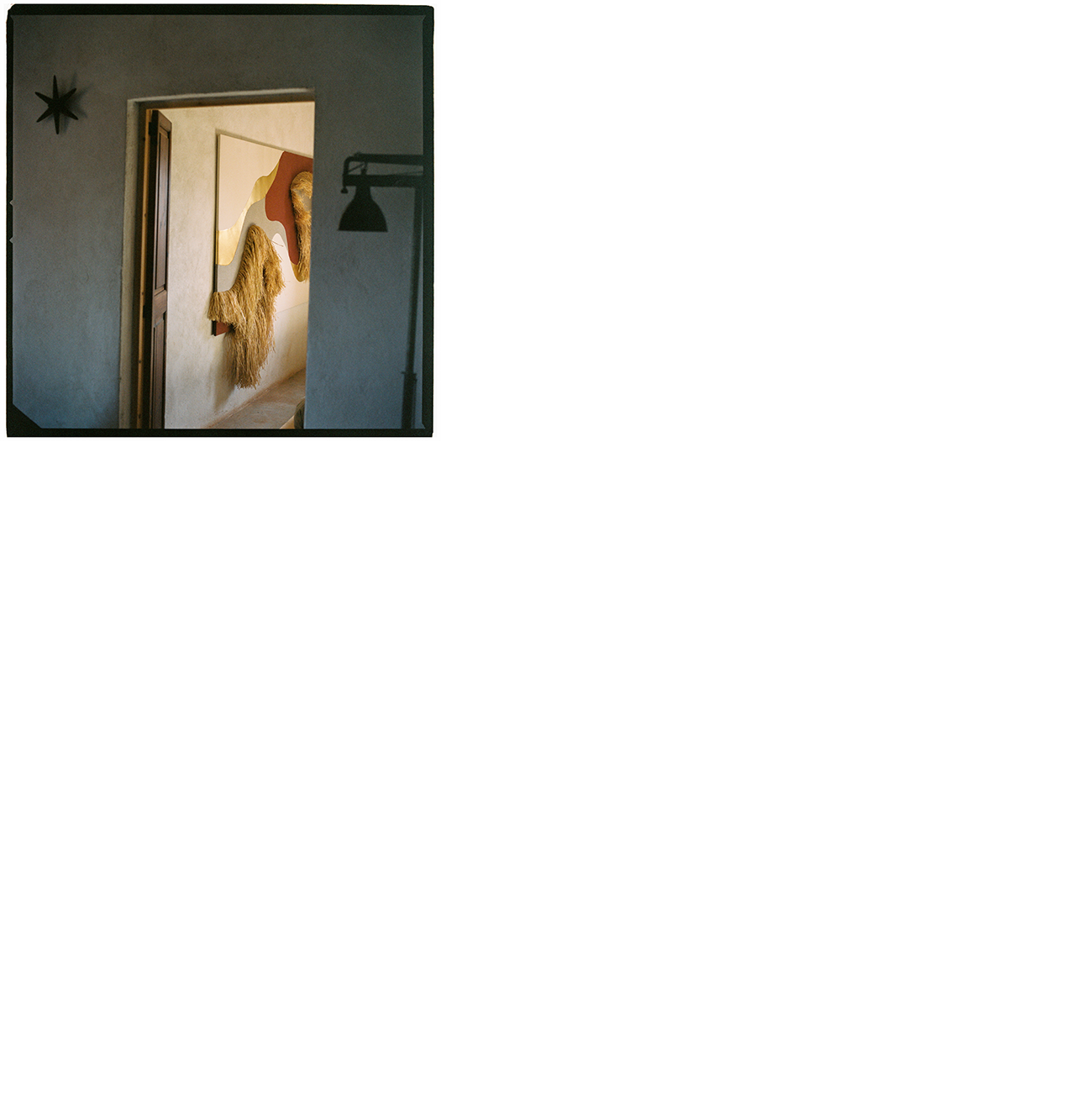
View of different rooms of the house – workshop
Who are the other professionals or artists who have most influenced your career?
Adriana: Ruth Asawa (because she has a totally unique and personal language) and Hans Cooper (because of his great simplicity/essence).
Jaume: Isamu Noguchi (for his lines, sculptures, volumes… and how he jumps from design to architecture and art) and there was also a whole host of very good artists on the island in the 80s/90s, such as Rafel Joan, Margalida Escalas, Ferran Aguiló.
We are both great admirers of Miró, for his works, his vision and his way of doing things.
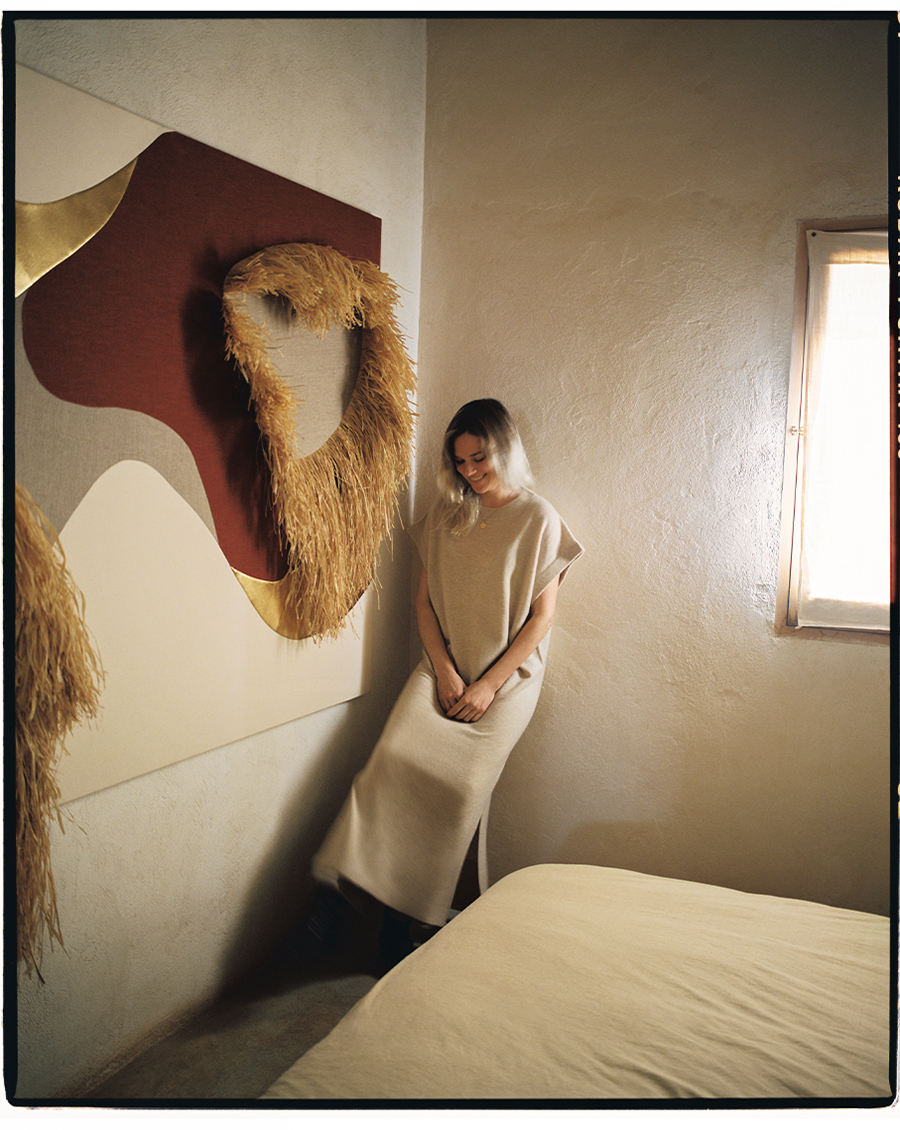
MD
ARCO
2022
“MALLORCA
INSPIRES US
BECAUSE IT IS
WHAT WE HAVE
GROWN UP
WITH AND WHAT
WE SEE
EVERY DAY”
In a recent interview, you talked about the importance of Mallorca in your works, and the importance of allowing the material and the elements of nature to be themselves, maintain their shape with as little transformation as possible. Has it always been like this during your career? Or is it the result of an evolution or maturity in your creative design?
I suppose it has always been there, but our way of approaching it has certainly changed a lot. Perhaps at the beginning (almost a decade ago), there could have been a more sentimental approach, involving one’s own emotions, but the truth is that now we do not focus at all on how we feel emotionally (sadness, happiness, etc.) Now there is more of an intention to go beyond the personal and it’s as if there were a mental universe or an ecosystem that is already self-sufficient.
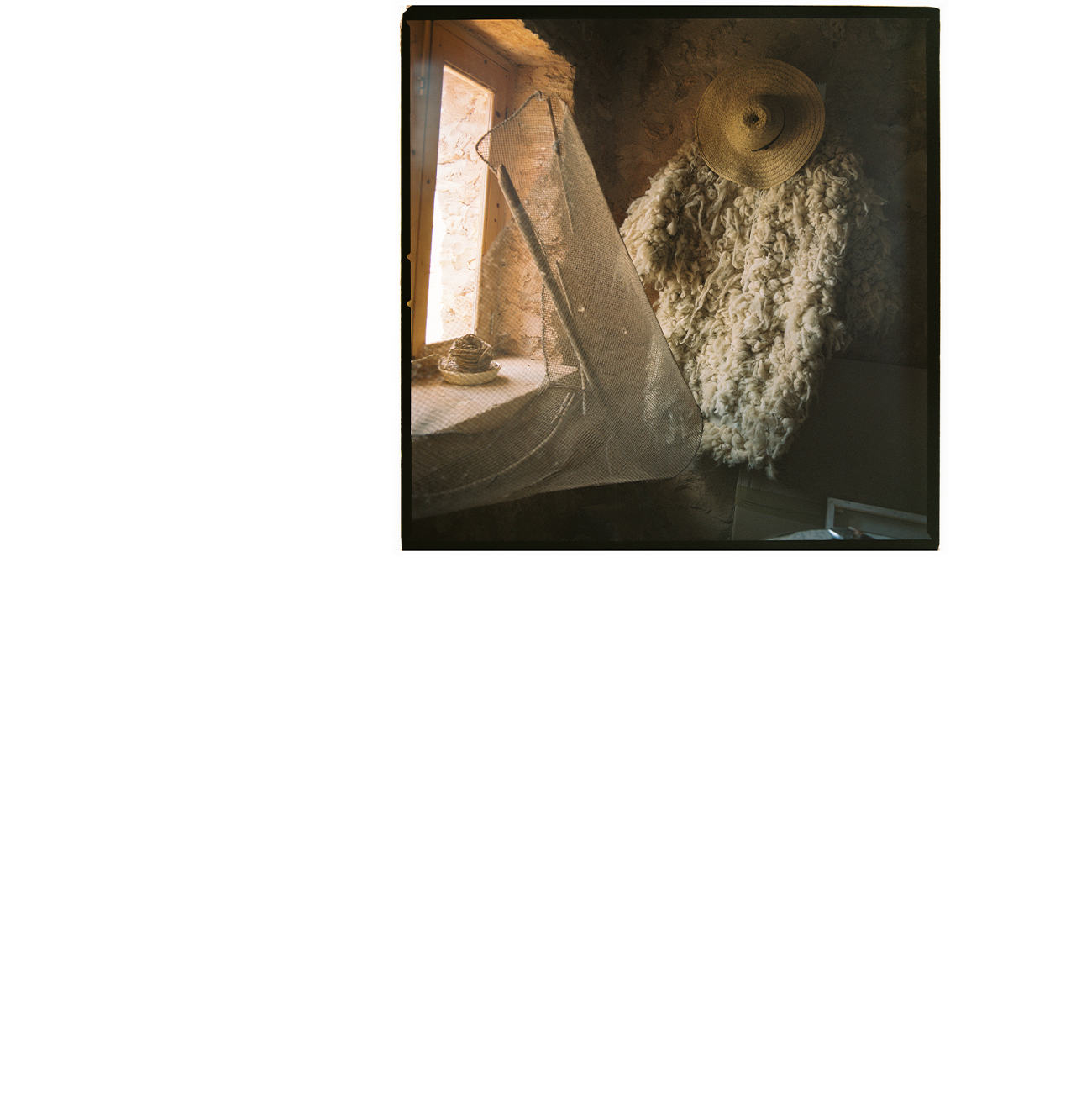
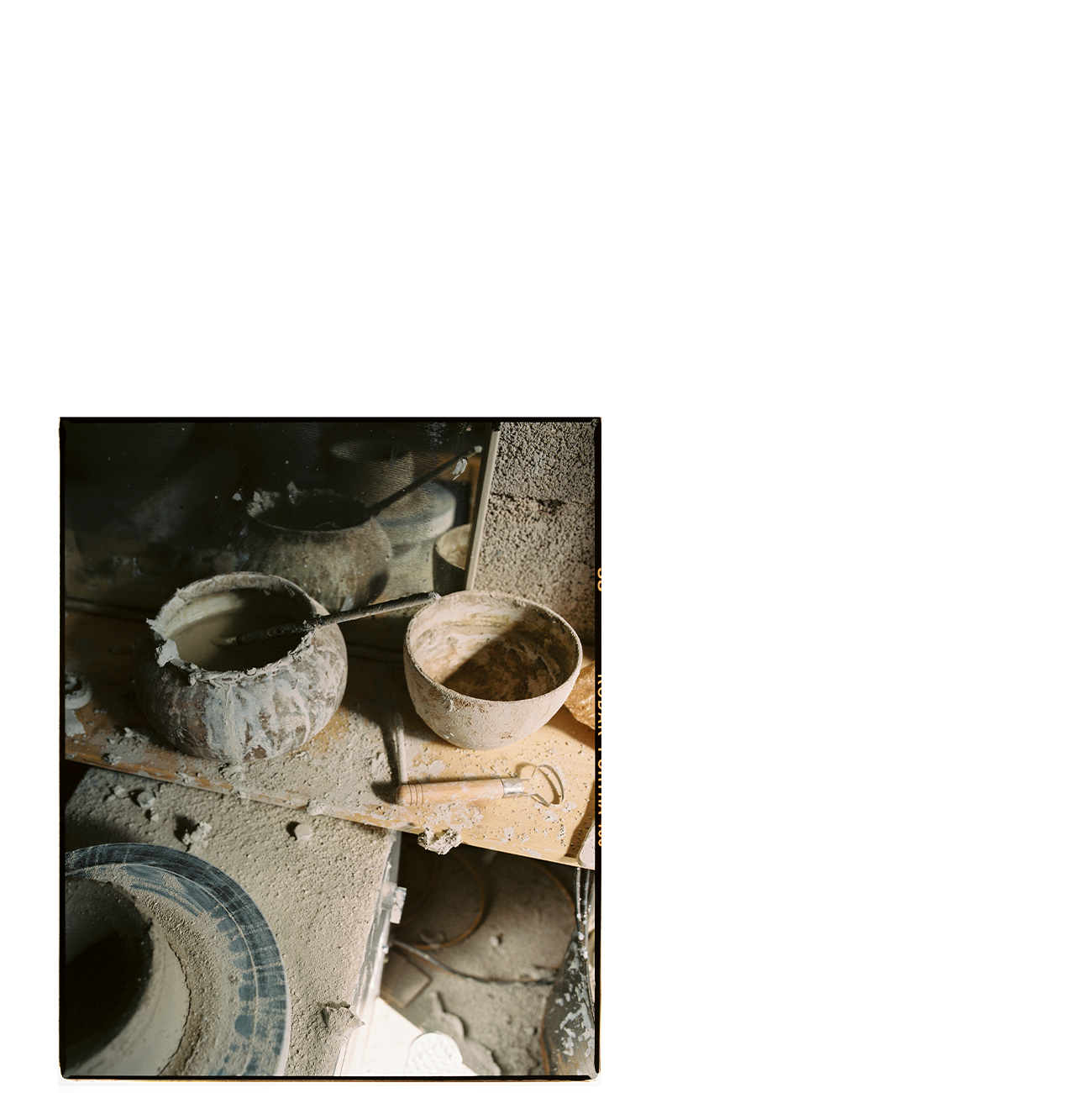
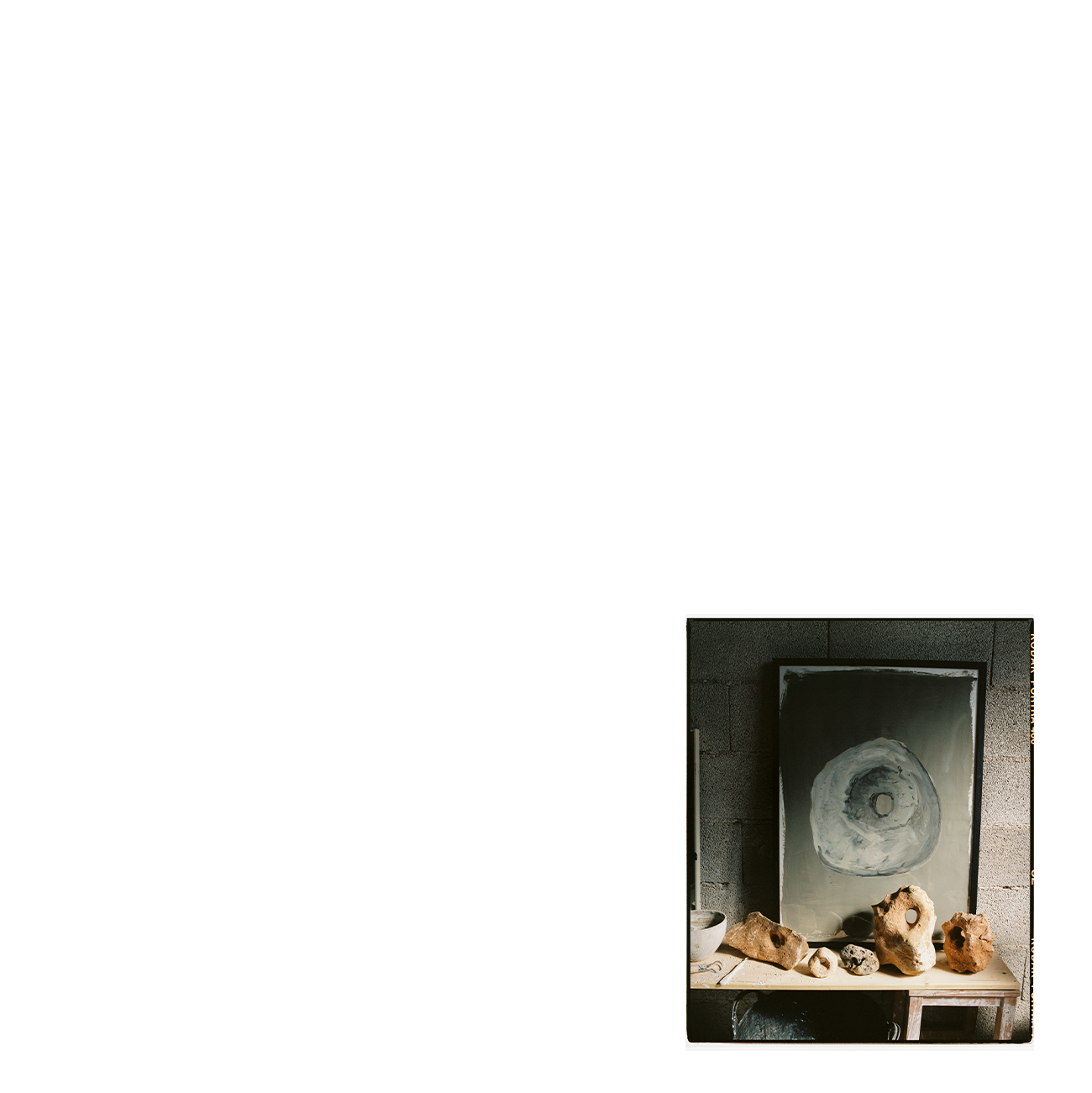
Use of close-to-hand materials to focus on the essential.
What impact has your perception of environmental sustainability had (and still have) on your projects?
Well, it impacts a lot, but it has all come about very naturally. It’s not forced: when you work with what you have in your environment, and in small amounts, naturally, you are very sensitive to what is happening around you. The local economy is key to improving the environment. If we take more care of where we live and use what is close to us it will quickly dispel this idea we have that our actions don’t have a great impact.
For example, there’s the interest in wool. When Adriana returned to the island seven years ago and wanted to work with wool, she saw that it was no longer used, in fact, it was burned. Here a double concern arose: how to show it in its natural state (which is so beautiful) and at the same time be able to use it, or at least talk about using it? When we moved to the field, we met Tomeu, the local shepherd and little by little, year after year, between shearing the sheep and helping him out with them, we now take care of a few of his sheep every day. In addition, incredible projects have now emerged, which require a great deal of work and dedication, such as Llanatura, who have managed to process wool with machines to make felt. There is also Loop, a project by the Balearic Design Institute that aims to launch a circular economy. We all participate however we can to return value to raw materials and it’s exciting.
The same goes for the carritx, a plant that grows in the Balearic Islands that is used to make umbrellas, the stem of which is used to make baskets (among many other things), etc.
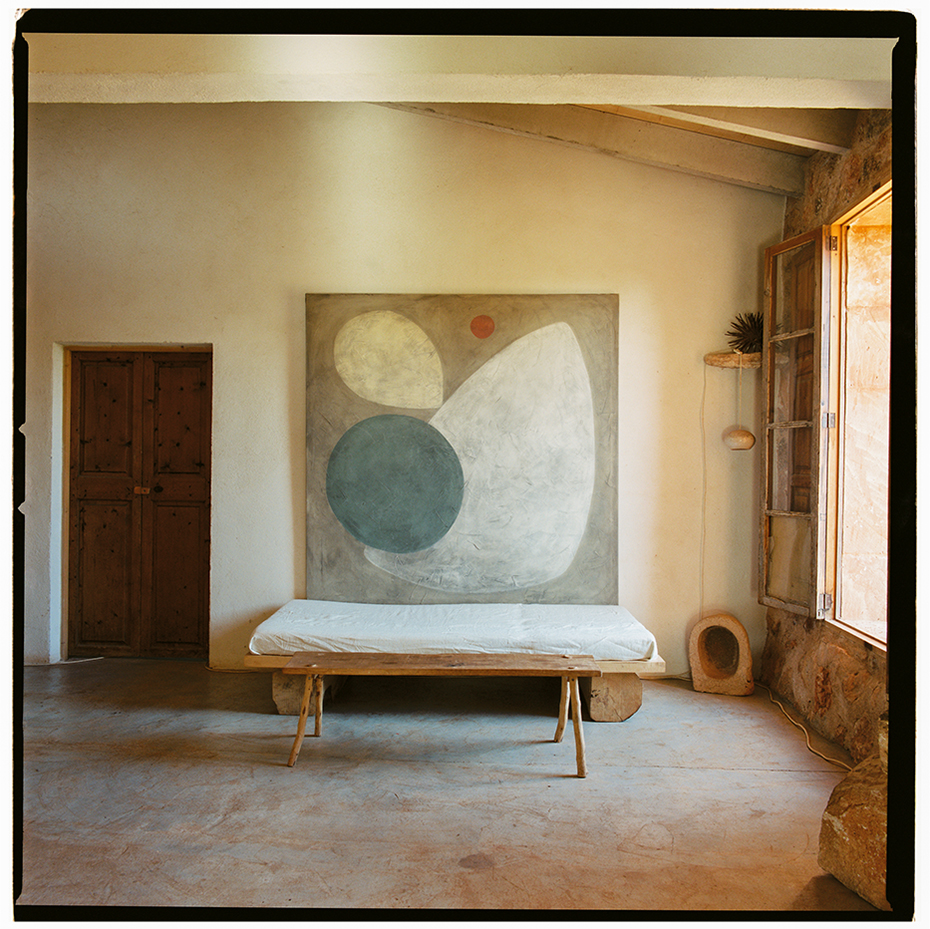
MD
ARCO
2022
“WHEN YOU WORK
WITH WHAT YOU HAVE
IN YOUR ENVIRONMENT,
YOU ARE VERY
SENSIBLE TO
WHAT IS
HAPPENING
AROUND YOU”
¿What was your inspiration for our window display installation for the ARCO Madrid fair? How would you describe the project?
For this project we present a synthesised landscape. The chosen pieces have a raw energy that contrasts with the city.
There are two elements we like to work with:
-interior/exterior: bringing exterior elements into a closed space since it is very close to our lifestyle.
– rough/clean: Keep the rough look, but with a well-cared for and well-finished feel at the same time.
The ceramics are not “refined”, they are polished so that the roughness of the clay can be appreciated, the carritx is a vegetal element (although it is treated for its preservation), the black sculpture is a vine with its roots (but burned and treated later) and in the natural wood sculpture, you can see that it’s a trunk.
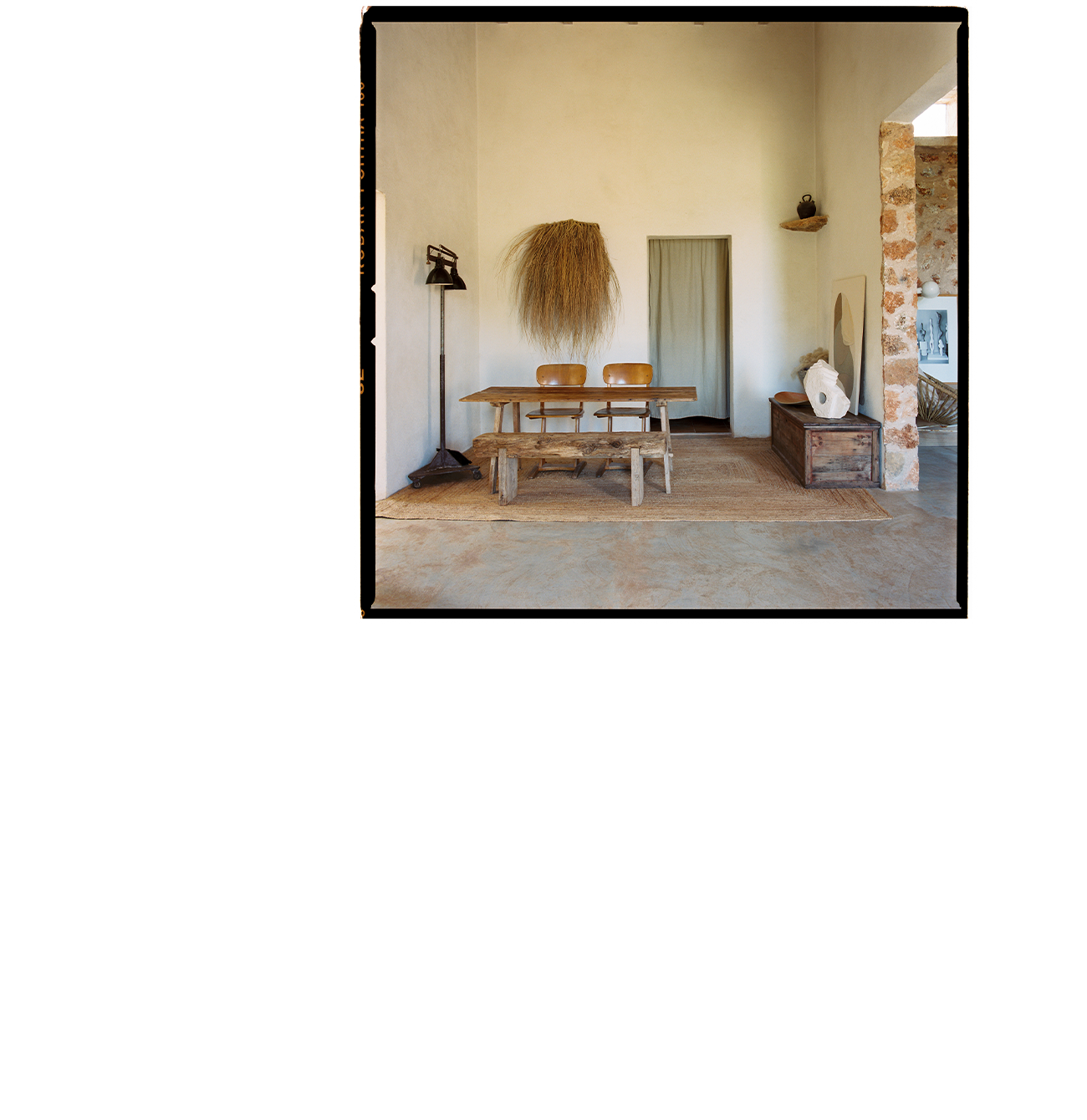
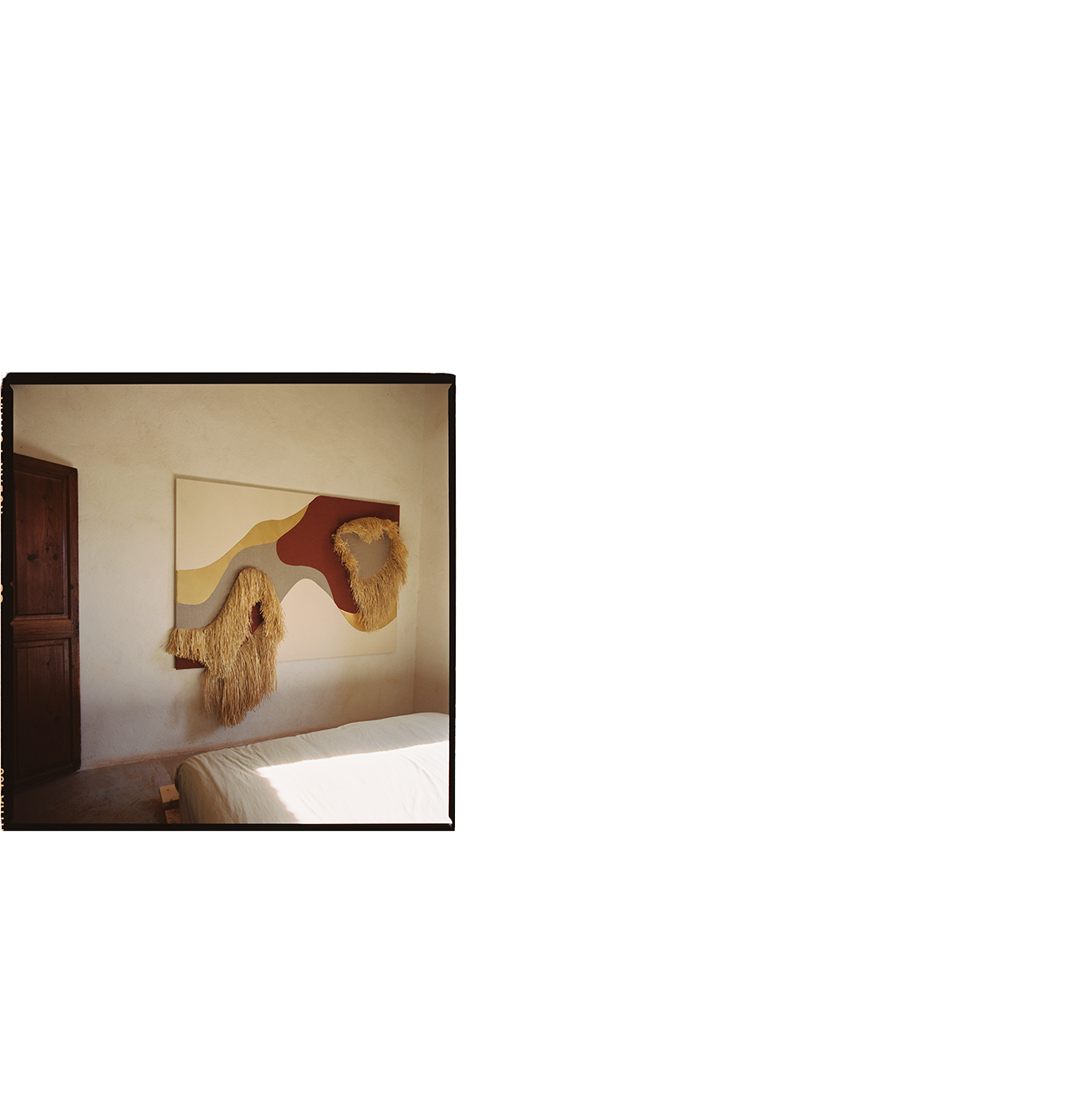
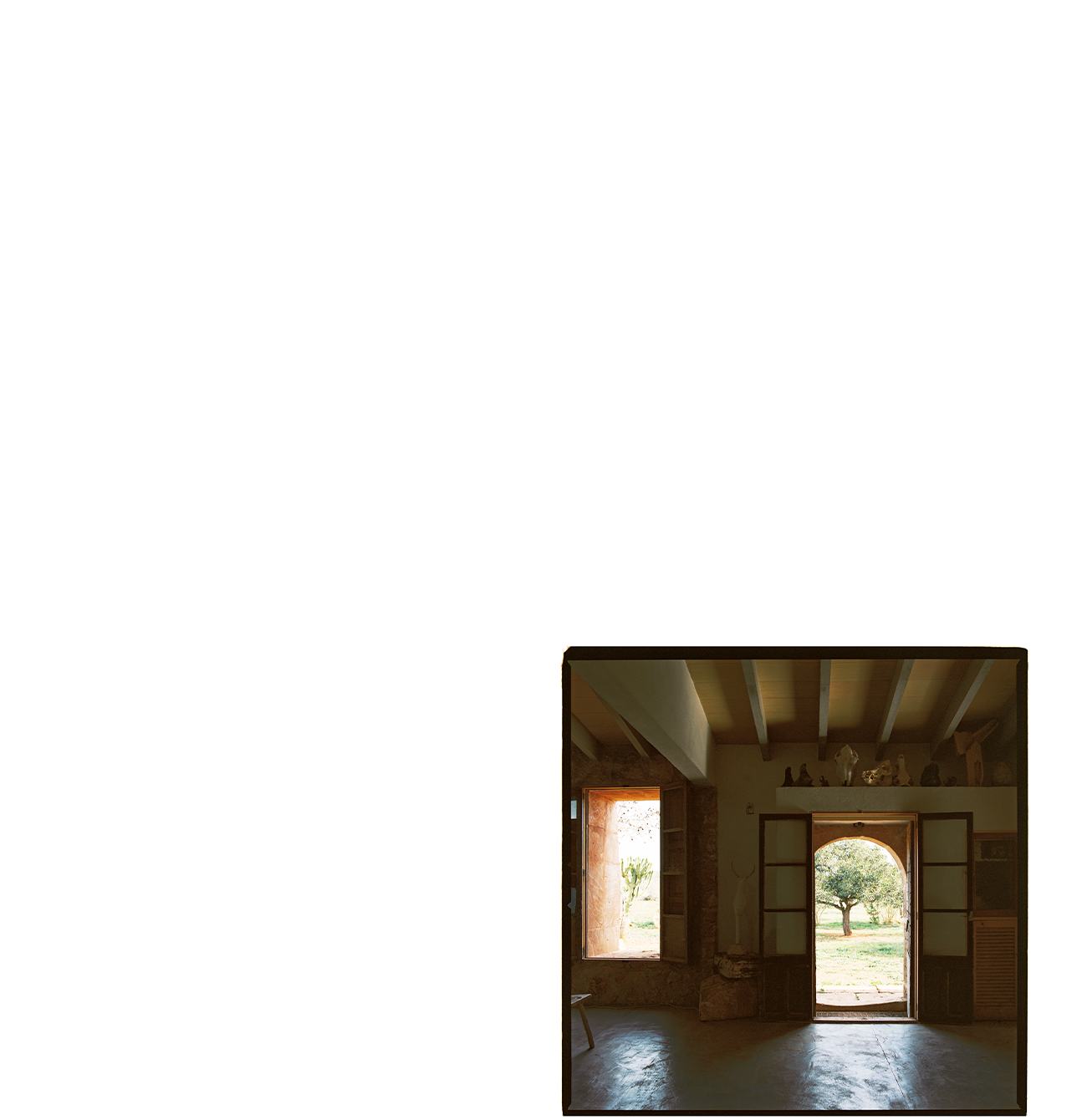
Primary techniques, colours and textures found in nature.
Define yourself in a few words
Jaume: sculptor and painter.
Adriana: textile work.
